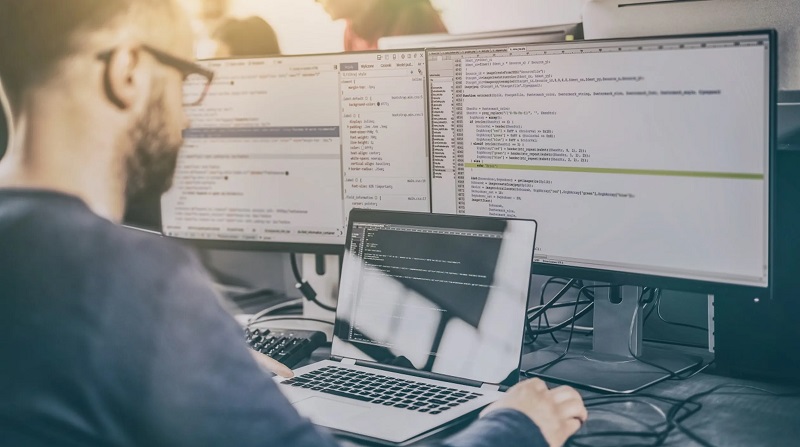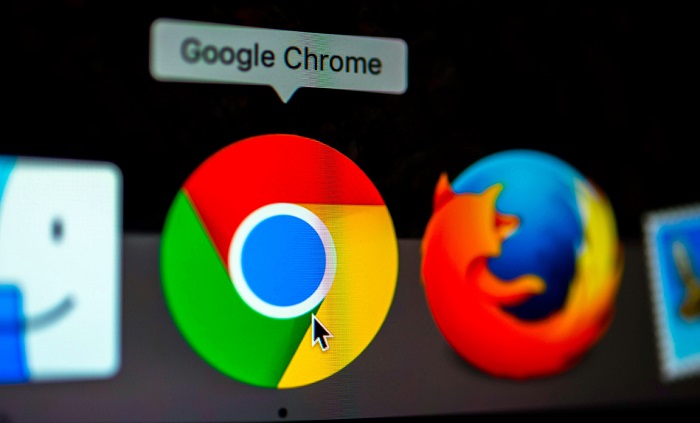This last weekend, while window shopping at the mall, I came upon a whole department devoted to exquisitely packaged perfume bottles. I was instantly captivated by the beautiful presentation, so I took a whiff of each bottle before making my purchase.
I focused in on a gentle 50 ml scent. My hopes were dashed when I flipped the bottle over and saw the price tag. Unbelievable! It was set at a flat Rs.3500. My ability to smell suddenly diminished. I was suffocating! Literally.
I found a bouquet of pink roses on my way home. I wished I could bottle up their aroma and save it for all time since I found it so enticing. At that point, inspiration struck me. I sped down to the library after work to learn more about creating my own perfume. Now let’s find out how to make perfume.

Contents
How to Make Perfume
When making your own perfume, the most crucial thing to keep in mind is patience. It takes a few tries to find the perfect fragrance combination. Having an open mind is also necessary. You can’t assume that everybody will share your taste in fragrances.
Step 1: Get Yourself a Scale
Instead of using drops, get your hands on a small scale. When you need an exact recipe every time, gram measurements are the way to go. While drops may seem more convenient, it’s actually quite challenging to get a consistent dose of an ingredient in each one.
It’s not hard to come up with a novel recipe that’s next to impossible to modify or replicate. You can get started without dropping a ton of cash on a fancy Lab scale. To begin with, a scale with a precision of 0.01 grams would do, and you can always increase it to 0.001 grams later on if need be.
Mini scales can be purchased for as little as £20 to £40 online, while an entry-level professional scale will set you back between £400 and £500.
Step 2: Source Your Ingredients From Reliable Companies
Acquire some high-quality ingredients: Since high-quality, industry-standard perfumery ingredients can be hard to come by when buying in small quantities, this step will require some investigation.
As perfumers, we are able to get the highest quality materials from companies like IFF-LMR, Symrise, and Firmenich, among others. For your convenience, we have assembled a number of box sets including up to 60 of the most popular perfumery ingredients.
To help you get started, we’ve curated a collection of high-quality ingredients that are already diluted in perfumer’s alcohol for a more pleasant experience no matter your skill level.
Step 3: How to Formulate
The time for imagination has here. This is the “brief” phase, in which you outline your goals for the project. Is it a floral aroma you’re going for, a woodsy one, or anything in between? Which do you prefer: a perfume with a light, airy scent or one with a deep, sensual undertone?
Do you prefer your perfume to feature multiple notes, or just one or two (like rose or cedarwood)? Consider any combination of the above, or just think about the kind of memorable story you’d like to write.
Step 4: Evaluate and Rework Your Formula
After measuring out your initial formula, give it a light shake before smelling it on a scent strip (the paper strips sold in perfume shops). The most popular types of scent strips have either square ends (ideal for smelling chemicals) or pointy ends (ideal for smelling perfumes).
These basic odor strips will do for now. If your scent strips are pointed, you can smell them by dipping the end in the concentrated scent and sniffing away from your nose.
Step 5: Dilute Your Ingredients or Composition
You’ll also need perfume alcohol (the solvent; the type of alcohol used for candles and air fresheners is different).
We recommend Mistral’s perfumer’s alcohol if you don’t have an alcohol license (which is doubtful if you’re just a hobbyist maker). If you’re just starting out, you can save time and money by diluting your ingredients by 10% before you use them.
Conclusion
We’ve got you covered if you’ve ever wanted to know “how to make perfume.” A woman needs to have her own unique aroma that others can identify from a mile away. The best perfumes are so concentrated that even a tiny amount can transport you to another world.
Make your own perfume with components you find at a drugstore or supermarket and impress your friends with your ingenuity.
Easy-to-follow instructions for creating your own perfume are provided in this article. They are one of the easiest Do It Yourself projects and make wonderful presents. Check it out if you scroll down a bit. Hope now you know how to make perfume.






![Err_Connection_Reset Error in Chrome [RESOLVED] Fix Err_Connection_Reset Error in Google Chrome](https://howandwow.info/wp-content/uploads/2019/09/Fix-Err_Connection_Reset-Error-in-Google-Chrome.jpg)
![DNS_Probe_Finished_No_Internet Error [RESOLVED] Fix DNS_Probe_Finished_No_Internet Error](https://howandwow.info/wp-content/uploads/2019/09/Fix-DNS_Probe_Finished_No_Internet-Error.jpg)
![Err_Cache_Miss in Google Chrome Error [RESOLVED] Err_Cache_Miss in Google Chrome Error](https://howandwow.info/wp-content/uploads/2019/08/How-to-Fix-Confirm-Form-Resubmission-Error.jpg)









![Steam Missing File Privileges Error [RESOLVED] How to Fix Steam Missing File Privileges](https://howandwow.info/wp-content/uploads/2020/07/How-to-Fix-Steam-Missing-File-Privileges-Error-100x70.jpg)
![SIM Not Provisioned MM#2 Error [RESOLVED] SIM Not Provisioned MM#2](https://howandwow.info/wp-content/uploads/2020/03/SIM-Not-Provisioned-MM2.jpg)








